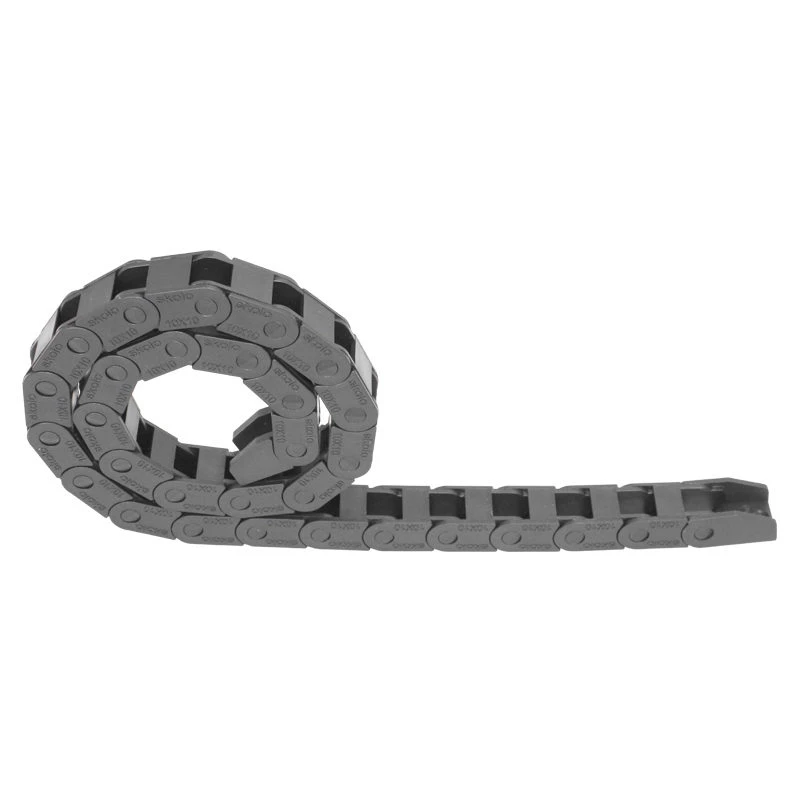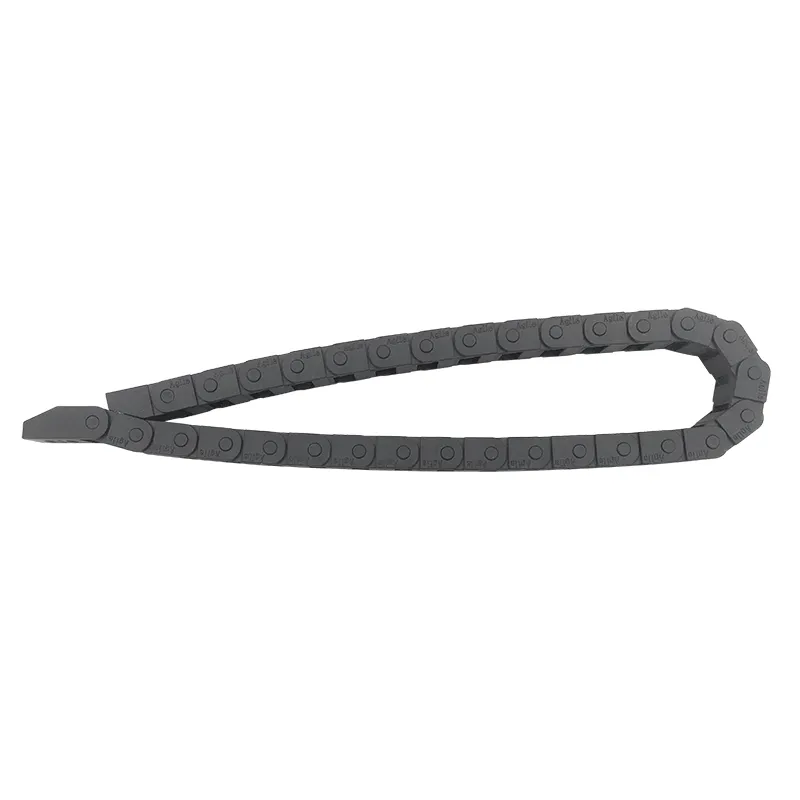Metal Chip Conveyors Types, Uses & Benefits What is a Chip Conveyor?
- Understanding the role and importance of chip conveyors in industrial applications
- Analyzing market data: Efficiency gains and cost reduction trends
- Key technical advantages over traditional waste management systems
- Comparative analysis of leading chip conveyor manufacturers
- Tailored solutions for diverse manufacturing environments
- Real-world implementation case studies across industries
- Future-proofing production with advanced chip conveyor systems

(what is a chip conveyor)
What Is a Chip Conveyor and Why Does It Matter?
In industrial machining operations, a chip conveyor automates the removal of metal scraps, swarf, and coolant residues. These systems are critical for maintaining workflow continuity, reducing manual labor by 60–75%, and preventing equipment damage caused by accumulated debris. Metal chip conveyors specifically handle high-volume waste in CNC machining, automotive manufacturing, and aerospace sectors. Unlike manual alternatives, modern conveyors integrate with IoT-enabled monitoring tools, enabling real-time debris tracking and predictive maintenance.
Industry Data: The Impact of Chip Management Systems
According to a 2023 report by Manufacturing Global Insights, facilities using automated chip conveyor types reported:
- 32% faster production cycles due to reduced downtime
- Annual maintenance cost savings of $18,000–$25,000 per machine
- 45% lower risk of workplace injuries from manual debris handling
Technical Superiority in Modern Chip Conveyors
Advanced systems feature magnetic separators for ferrous material recovery, spiral compactors to reduce waste volume by 70%, and corrosion-resistant stainless-steel belts. For example, centrifugal discharge mechanisms in metal chip conveyors achieve 98% coolant recovery rates, directly lowering fluid replacement costs. Hybrid models combining drag-chain and hinged-belt designs now dominate heavy-duty applications, offering 20% higher load capacity than single-system alternatives.
Manufacturer Comparison: Performance Metrics
| Vendor | Technology | Max Load (kg/m) | Maintenance Interval | Price Range |
|---|---|---|---|---|
| Mayfran International | Hinged Steel Belt | 85 | 1,200 hrs | $12,000–$45,000 |
| LNS America | Drag Chain + Magnetic | 120 | 1,500 hrs | $18,000–$60,000 |
| PRAB Inc. | Spiral Auger | 65 | 900 hrs | $8,500–$32,000 |
Customization Strategies for Specific Applications
High-volume foundries often require triple-stage systems with 400 kg/hr throughput, while precision tooling shops benefit from micro-chip filters for particles under 0.5mm. Recent advancements include modular conveyors that adapt to multi-axis machining centers, achieving 99.4% debris clearance even in confined spaces. Customized coolant recycling attachments further reduce environmental compliance costs by 30–40% annually.
Case Study: Automotive Component Manufacturer
A Tier-1 supplier implemented Mayfran’s metal chip conveyor across 17 CNC lines, resulting in:
- 19% increase in machine uptime
- $220,000/year saved on waste disposal
- ISO 14001 certification achieved through 85% recycled coolant
Why Advanced Chip Conveyors Define Manufacturing Efficiency
As Industry 4.0 reshapes production standards, intelligent chip conveyors with machine learning algorithms now predict blockages 45 minutes before failure. Facilities upgrading to these systems report 27% higher OEE (Overall Equipment Effectiveness) scores compared to legacy setups. With global demand projected to grow at 6.8% CAGR through 2030, selecting the right conveyor architecture becomes a cornerstone of competitive manufacturing strategy.

(what is a chip conveyor)
FAQS on what is a chip conveyor
Q: What is a chip conveyor?
A: A chip conveyor is a mechanical device used in machining to remove metal chips, debris, and coolant from industrial equipment. It ensures a clean workspace and prevents damage to machinery. Common applications include CNC machines, lathes, and milling systems.
Q: How does a metal chip conveyor work?
A: A metal chip conveyor uses a moving belt, auger, or scraper to collect and transport metal scraps from machining processes. It separates chips from coolant for recycling or disposal. This system enhances efficiency and safety in metalworking environments.
Q: What are the common chip conveyor types?
A: Common types include hinged belt, magnetic, drag, and screw conveyors. Hinged belt models handle heavy chips, while magnetic types collect ferrous materials. Selection depends on chip size, material, and workspace layout.
Q: Where are chip conveyors typically used?
A: Chip conveyors are used in industries like automotive, aerospace, and manufacturing. They integrate with CNC machines, grinders, and presses. Their primary role is maintaining operational cleanliness and prolonging equipment life.
Q: What components make up a chip conveyor system?
A: Key components include a drive unit, conveyor belt or chain, chip hopper, and coolant filtration. Sensors may monitor performance and debris levels. These parts work together to automate waste management in machining setups.








